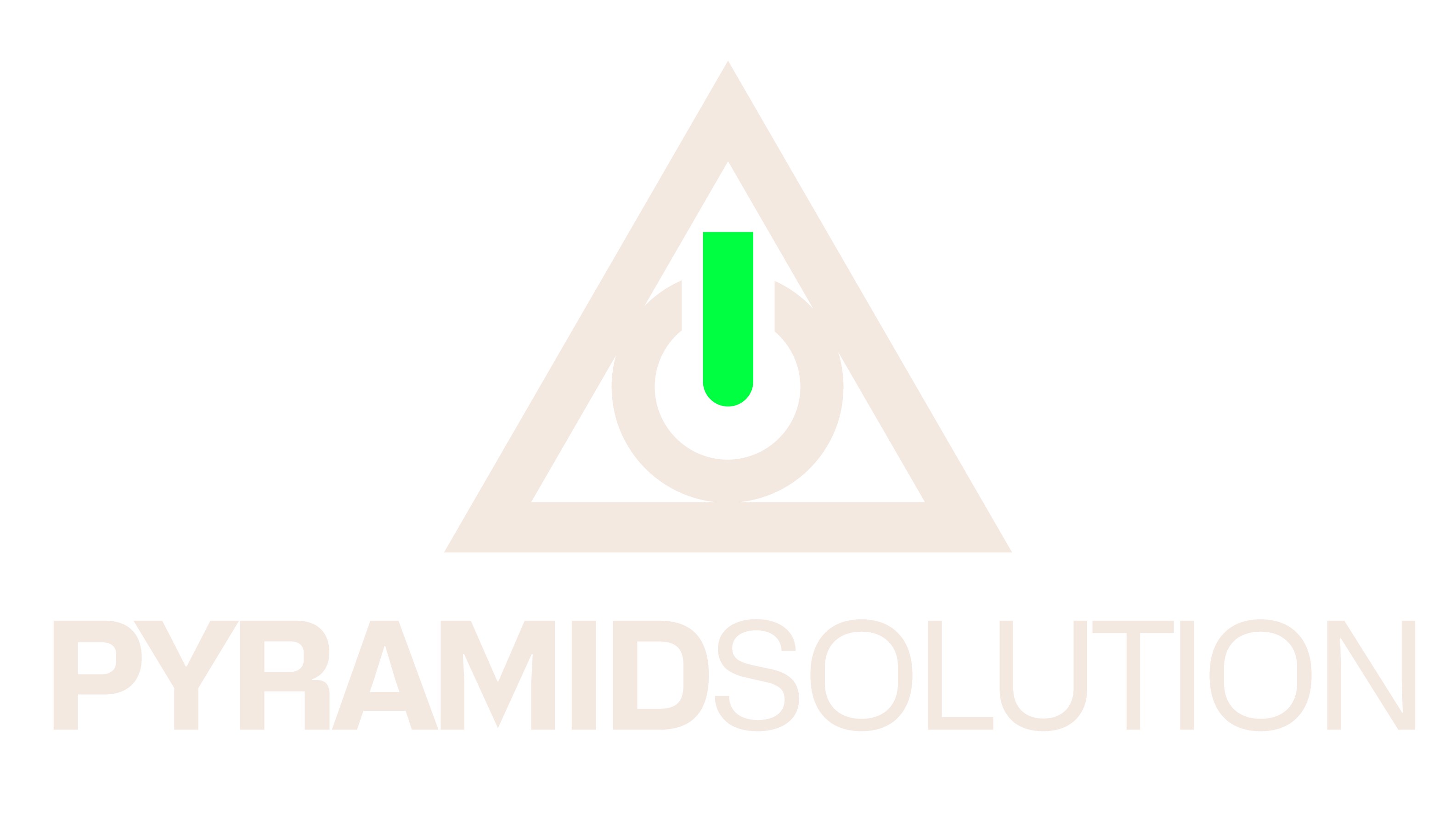What is a Legionella Risk Assessment?
A legionella risk assessment is an evaluation of a property’s water system to identify potential risks associated with the growth and spread of Legionella bacteria, which can cause Legionnaires’ disease. A legionella risk assessment should be carried out by a qualified assessor to ensure the safety of the property’s occupants and the general public.
Why is a Legionella Risk Assessment required?
A legionella risk assessment is required to identify potential risks associated with Legionella bacteria and prevent the spread of Legionnaires’ disease. Legionnaires’ disease can be a potentially fatal form of pneumonia that is caused by inhaling small droplets of water contaminated with the bacteria. A legionella risk assessment is a legal requirement for businesses, property owners and landlords to ensure the safety of their occupants.
What will be checked during a Legionella Risk Assessment?
During a legionella risk assessment, the following will be checked:
The water system and its components, including water tanks, pipes, and taps
The temperature of the water and the conditions that may promote bacterial growth, such as stagnant water and warm temperatures
Any potential sources of contamination, such as dead legs, scale build up or sediment accumulation
The type and condition of any water treatment systems, such as filtration, chlorination or UV disinfection
The level of risk associated with the property and recommendations for reducing or eliminating risks
Identify any high-risk occupants, such as the elderly, children, or those with compromised immune systems.
Legionella Risk Assessment Checklist for Property Owners and Tenants:
How to prepare for a Legionella Risk Assessment Visit
- All areas, including lofts, gardens, airing cupboards, etc., where water is stored must be accessible and free from any obstructions
- All water outlets inside and outside the property such as hot water cylinders, cold water storage tanks, even if redundant also to be accessible and free from any obstructions
- If pay-as-you-go or prepayment electric and/or gas meters are present, they must have enough credit so that tests can be carried out
- Prior notification if specific equipment such as tall ladders or access tools will be required
- Any animals, children must be safe and adequately supervised during the visit to maintain the safety of the assessor and others
- Provide documentation of previous legionella risk assessments or water treatment programs
- Identify any high-risk occupants, such as the elderly, children, or those with compromised immune systems
- Follow any additional guidance provided by the assessor to reduce the risk of Legionella bacteria growth and spread
It is important to take Legionella risk assessments seriously to ensure the safety of occupants and the general public. Failure to comply with regulations can result in legal action and significant financial consequences.

